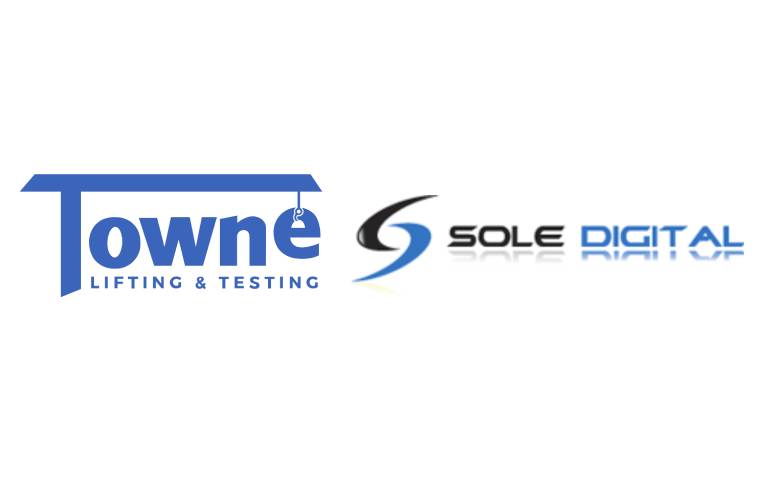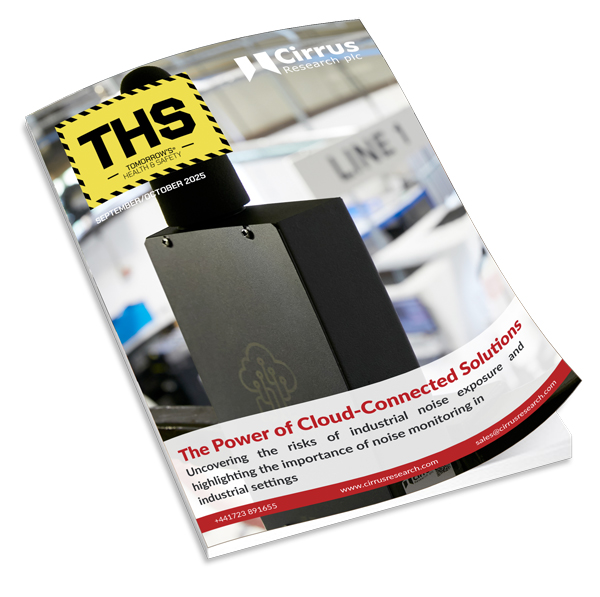ION Science unveils the new Titan 2 benzene-specific monitor, but what is the difference between the new instrument and its predecessor?
In this comparative article, we delve into the differences between Titan and Titan 2 and explore the upgraded features, including the increased sensitivity implemented to comply with upcoming benzene exposure limit changes.
Benzene Legislation
The original iteration of Titan was introduced to the market following extensive research into benzene, which highlighted to ION Science that a fixed, continuous benzene detector was needed. The current EU TWA (time-weighted-average) for benzene is 1 ppm, however from 5th April 2024, the long-term exposure limit will be reduced to 0.5 ppm – and will be cut again from April 2026, to just 0.2 ppm
Chris Payne (Product and Application Support Manager at ION Science) commented on the requirement for an enhanced fixed benzene monitor: ‘With the EU benzene long-term exposure limit being reduced from 1 ppm to just 0.2 ppm over the next couple of years, it was important that ION Science stayed ahead of the curve by releasing a benzene monitor that complied with these requirements. We are confident our customers worldwide will be delighted with Titan 2 due to its enhanced sensitivity, accuracy, and overall performance.’
Titan vs Titan 2: Benzene Sensitivity
Titan offered a detectable range of 0.1 ppm to 20 ppm (parts per million) whereas the new Titan 2 delivers accurate benzene detection down to as low as 0.02 ppm (20 ppb (parts per billion)) and as high as 20 ppm within a span of 60 seconds. The Titan 2 instrument utilises a new, highly sensitive 10.0 eV PID to selectively detect benzene down to these new low levels, required for compliance with regulatory requirements. Additionally, the improved quality of the AirSep filter allows Titan 2 to reliably separate benzene from common contaminants, to give an accurate benzene reading with marginal error in the displayed concentration. In conjunction with the improved quality of the AirSep filter, Titan 2 utilises a new piezo electric micro pump, allowing delivery of enhanced pressure and flow accuracy to ensure a rapid response with unrivalled stability and reliability. The upgraded features within Titan 2 have drastically improved the sensitivity, allowing us to reach down to the required lower levels.
Titan vs Titan 2: Ease of Service
Titan 2 has an improved internal design, allowing it to be easily installed, commissioned, and maintained. For required maintenance, the detection module within the Titan 2 enclosure can be removed and replaced with a spare module, allowing simple plug-and-play logic. This also enables existing Titan customers to upgrade their detection module to the newest version in a matter of minutes.
Titan vs Titan 2: Warranty
The improved manifold is now included in Titan 2’s warranty. The monitor has 1 year of warranty as standard, and can be extended to two years, free of charge, when registered on the ION Science website within one month of purchase.
Conclusion
Through meticulous research driven by legislative changes, as well as listening to the requirements and requests of our current Titan customers, Titan 2’s fundamental improvements ensure that rapid, accurate, and reliable benzene detection is readily available to protect lives and preserve the environment.
For more information on the differences between Titan and Titan 2, visit: https://bit.ly/3Y66BM8






























